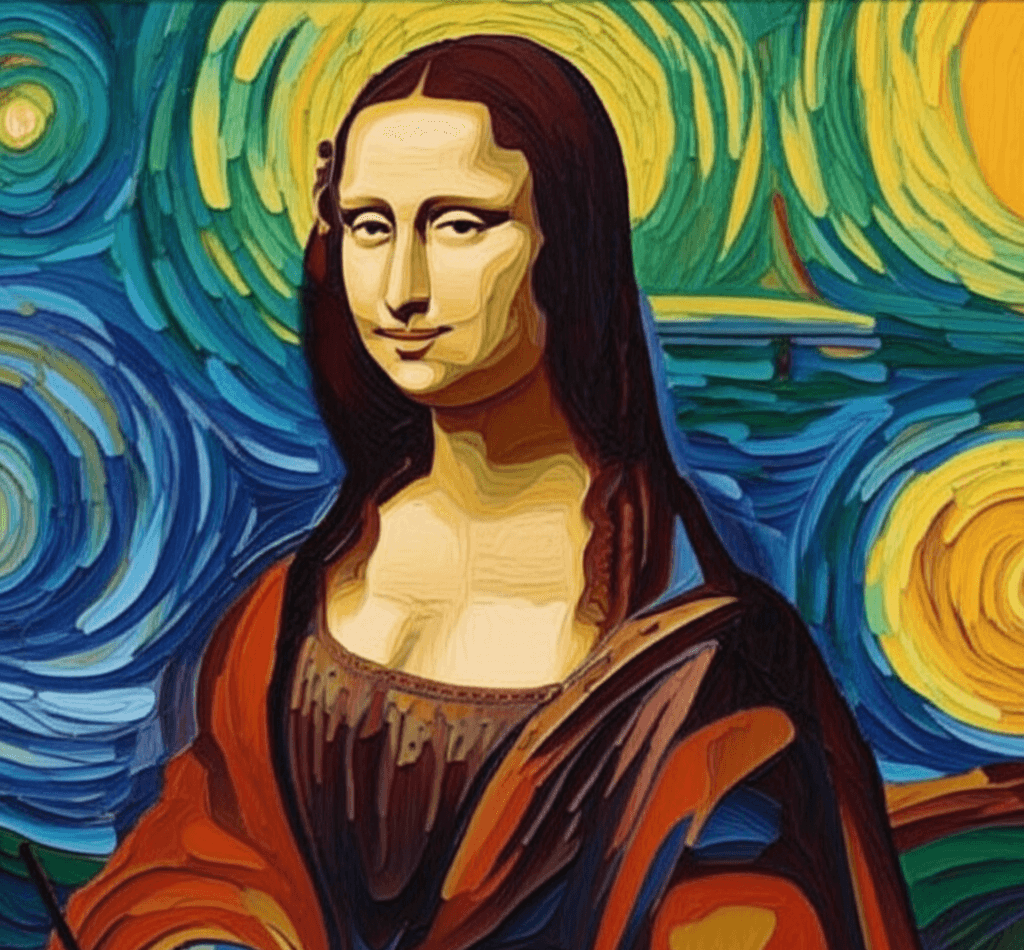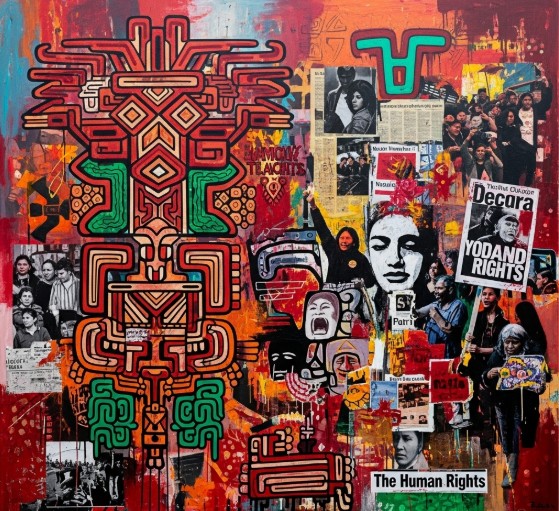The Revival of Indigenous Art Forms in Contemporary Global Culture
Introduction
The vibrant resurgence of indigenous art in global contemporary culture is more than a trend—it’s a movement rooted in reclamation, identity, and cultural dialogue. Across the world, indigenous artists and communities are reclaiming traditional forms of artistic expression and reintroducing them in modern contexts—from fine art galleries to fashion runways, from street murals to digital NFTs.
In this blog post, we’ll explore how the revival of indigenous art forms is reshaping modern aesthetics, empowering communities, and preserving centuries-old traditions. We’ll dive into examples from across the globe, understand the forces behind this revival, and discover how platforms, collectors, and art lovers can contribute to its sustainability.
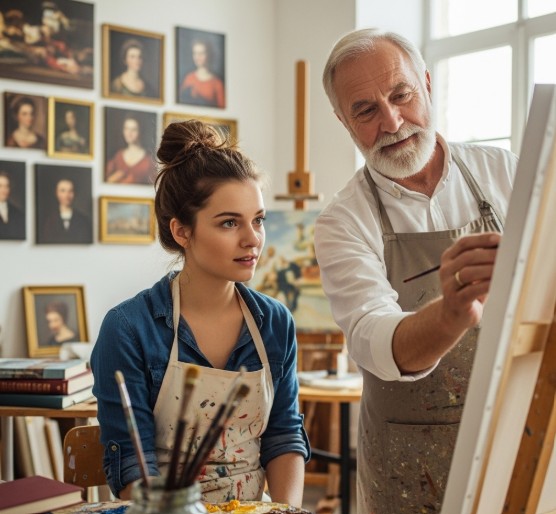
The Historical Erasure of Indigenous Art
For centuries, colonization and globalization have contributed to the marginalization—or even outright erasure—of indigenous cultures. Art forms rooted in oral history, ritual, and land were dismissed as “craft” or “primitive,” excluded from mainstream recognition or art institutions.
Many traditional techniques, motifs, and practices were lost, displaced, or appropriated without credit or compensation. But indigenous communities have always found ways to protect their heritage. And today, that quiet preservation is becoming a visible, global celebration.
What Counts as Indigenous Art?
Indigenous art refers to the visual, ceremonial, and symbolic art practices developed by native or aboriginal peoples of a particular region. These include:
- Māori moko tattoos in New Zealand
- Gond and Warli paintings in India
- Inuit carvings in Canada
- Aboriginal dot painting in Australia
- Navajo weaving in the American Southwest
- San rock art in southern Africa
While each style is unique, most indigenous art shares these traits:
- Deep connection to land, animals, and ancestry
- Oral storytelling and sacred symbolism
- Community-oriented creation
- Functional or ceremonial use
Why Indigenous Art Is Being Revived Now
1. Decolonization of Cultural Spaces
Museums, universities, and galleries are increasingly re-evaluating colonial legacies and shifting toward more inclusive narratives. This shift has opened doors for indigenous artists to reclaim space and agency.
2. Global Platforms and Social Media
Platforms like Instagram and Etsy allow indigenous creators to share their work directly with the world, bypassing gatekeepers. Visibility leads to validation—and sales.
3. Cultural Pride and Political Identity
For many indigenous communities, art is a form of activism. Reviving traditional styles becomes a way of asserting identity, sovereignty, and resistance in a globalized world.
4. Eco-consciousness and Connection to Nature
In a time of climate crisis, indigenous worldviews—deeply tied to the environment—offer alternative value systems. Their art is not just beautiful but also deeply ecological.
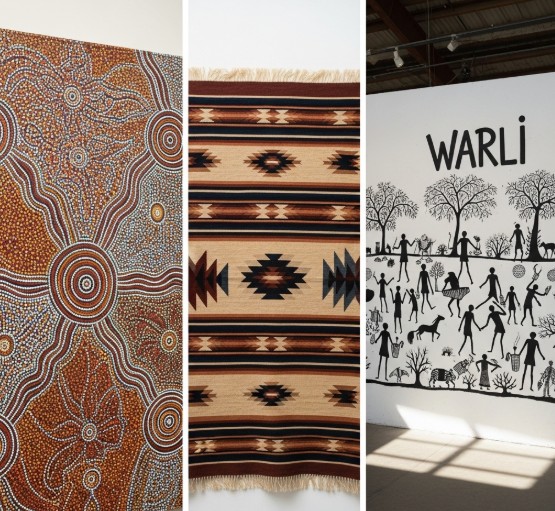
Global Examples of Indigenous Art Revival
1. Australia: Aboriginal Art in Contemporary Practice
Aboriginal dot painting has transitioned from sacred ritual to celebrated fine art. Artists like Emily Kame Kngwarreye brought this tradition to international galleries, while art centers like Papunya Tula continue to support Aboriginal artists.
Today, Aboriginal art contributes over $250 million annually to the Australian economy and serves as a cornerstone of national identity.
2. India: The Gond and Warli Renaissance
Tribal art in India, once confined to mud walls and ceremonial practices, is experiencing global recognition. Artists like Jangarh Singh Shyam pioneered a movement that took Gond painting to international exhibitions.
Organizations such as Dastkari Haat Samiti support rural artists through skill development and market linkages.
3. North America: First Nations and Native American Art
From Haida to Hopi, indigenous artists across North America are reclaiming traditional art forms. New generations are blending basket weaving, beadwork, and totem carving with modern media—photography, film, even street art.
The Institute of American Indian Arts in New Mexico plays a vital role in nurturing Native creativity.
4. Africa: Reclaiming the Visual Legacy
San rock art, once endangered, is being preserved and studied with input from indigenous elders. Contemporary African artists are incorporating motifs and philosophies from their ancestral art forms into sculpture and fashion.
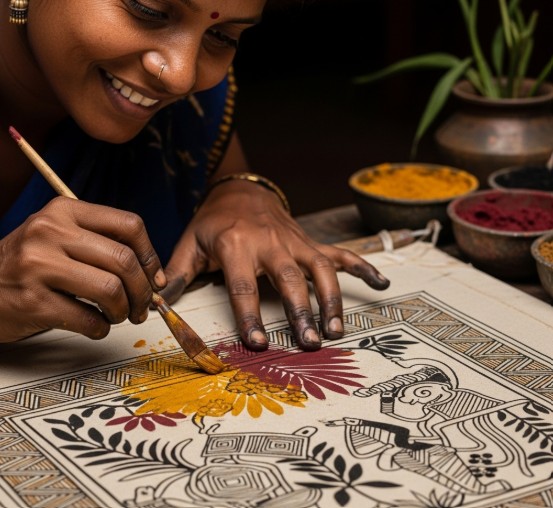
Indigenous Art in Modern Design and Fashion
The revival isn’t limited to galleries. Indigenous designs are influencing:
- Sustainable fashion: Brands collaborating with native artisans
- Interior design: Handwoven tapestries and tribal wall art
- Public art: Murals reclaiming indigenous space in urban centers
- Digital art: NFTs rooted in ancestral symbolism
The key difference between revival and appropriation lies in collaboration, credit, and consent. Ethical partnerships and direct patronage are essential.
ISKUSS and the Indigenous Art Connection
At ISKUSS, we celebrate artistic traditions with meaning and heritage. Our platform showcases carefully curated works—spanning traditional, spiritual, abstract, and landscape styles—designed to resonate across cultures.
In our Traditional and Spiritual collections, you’ll find pieces that draw from deep cultural roots, whether they’re tribal, folk, or regionally inspired. Supporting such art means contributing to a larger story—of revival, respect, and connection.
Explore traditional art at ISKUSS
How Art Lovers Can Support the Revival
You don’t need to be an anthropologist or activist to help revive indigenous art forms. Here are ways to make a difference:
✅ Buy Ethically
Purchase directly from indigenous artists or platforms that credit and compensate them fairly.
✅ Educate Yourself
Learn about the history, symbolism, and context of the art you admire. Context deepens appreciation.
✅ Amplify Voices
Follow and share indigenous creators and educators on social media. Visibility leads to opportunity.
✅ Avoid Cultural Appropriation
Admire and support without replicating sacred symbols or styles out of context—especially in fashion or tattoos.
✅ Advocate for Cultural Spaces
Support local museums and exhibitions that highlight underrepresented cultures.
Indigenous Artists Making Waves Today
- Nokukhanya Langa (South Africa) – Abstract painter drawing on traditional Zulu forms
- Brian Robinson (Australia) – Torres Strait Islander artist blending myth with modernity
- Tanisha Bhana (India) – Mixed media artist incorporating tribal and ecological themes
- Tanya Lukin Linklater (USA/Canada) – Performance and installation artist of Alutiiq descent
Their work illustrates that tradition and innovation are not opposites—they’re collaborators.
Challenges Facing the Revival Movement
Despite growing interest, the revival of indigenous art forms faces key challenges:
- Lack of access to materials or funding in rural communities
- Continued appropriation by global brands
- Limited documentation of oral traditions, risking extinction
- Language loss, which affects the understanding of symbolic meaning
That’s why supporting these communities must go beyond aesthetics—it must include infrastructure, education, and cultural respect.
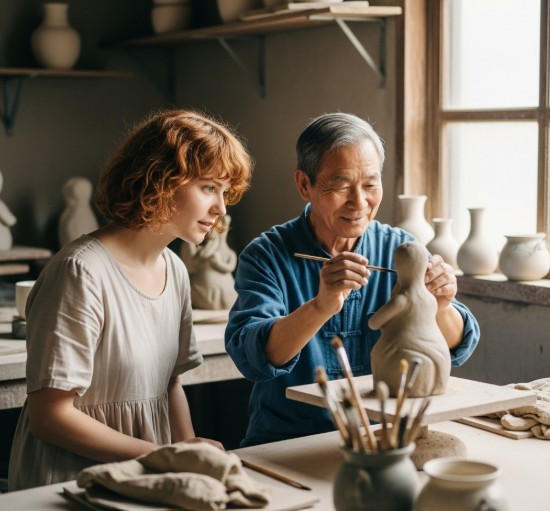
Looking Forward: What the Revival Means for the Future
The revival of indigenous art forms is not just a cultural comeback—it’s a catalyst for global transformation. In a homogenized world, indigenous art reminds us of:
- The diversity of worldviews
- The power of ancestral knowledge
- The possibility of healing through art
- The importance of living in harmony with nature
As more collectors, galleries, and institutions open their doors to these voices, the art world becomes richer, more inclusive, and more truthful.
Conclusion
The revival of indigenous art forms is a collective journey—one that honors resilience, celebrates creativity, and demands accountability. As global audiences rediscover the aesthetic, spiritual, and ecological value of these traditions, we must ensure that revival comes with recognition and respect.
Whether you’re an art buyer, designer, educator, or curious observer, your support matters. By engaging with indigenous art responsibly, you’re helping build a more connected and culturally literate world.
Let’s not just admire indigenous art—let’s amplify it.
